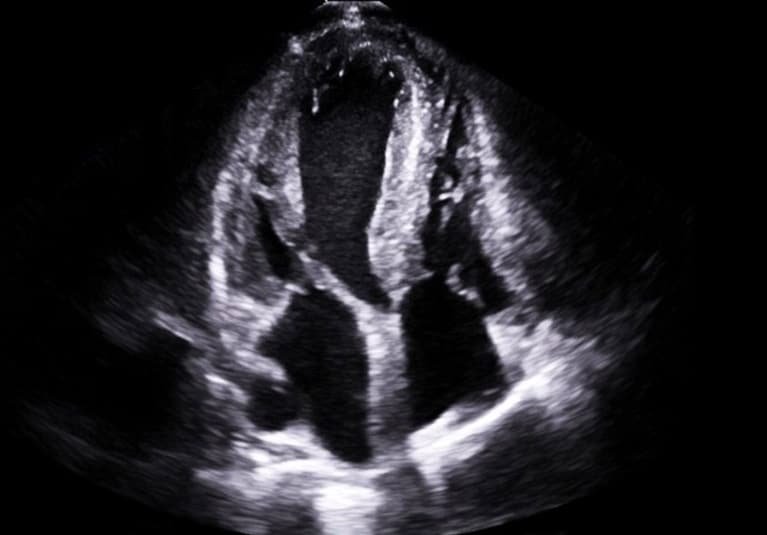AI Screening for Cardiac Amyloidosis: FAQ
What is AI screening for cardiac amyloidosis?
AI screening for cardiac amyloidosis uses artificial intelligence to analyze echocardiographic video clips and detect early signs of amyloid protein buildup in the heart. Traditionally, this diagnosis relied on invasive tests like biopsies. With AI, detection becomes faster, non-invasive, and more widely accessible.
How accurate is AI screening for cardiac amyloidosis?
According to a 2025 European Heart Journal study, AI achieved an AUROC of 0.93, with 85% sensitivity and 93% specificity. Moreover, the system outperformed existing scoring tools, making it a highly promising screening method.
Why is this important for African populations?
The hereditary V122I variant, common in African ancestry, increases the risk of ATTR amyloidosis. Consequently, many patients remain undiagnosed. AI-based tools provide an equitable solution by offering early detection in settings where advanced diagnostics are often limited.
Can AI replace traditional diagnostic methods?
Not yet. AI acts as a screening tool to flag possible cases. However, confirmatory testing, such as nuclear scans or biopsies—is still required for a final diagnosis.
What are the benefits of AI screening?
Non-invasive: Avoids painful biopsies
Time-saving: Speeds up diagnosis and treatment decisions
Equitable: Works across diverse populations
Scalable: Can be applied globally with standard echo machines
What treatments are available once diagnosed?
For ATTR cardiac amyloidosis, drugs such as tafamidis and emerging gene-silencing therapies can slow progression and improve survival. Therefore, earlier detection means better treatment outcomes.
Is AI screening available in clinics now?
Currently, AI models for amyloidosis detection are in the research and validation phase. Implementation will depend on regulatory approvals, clinician training, and cost considerations. Importantly, adoption may come sooner in well-resourced centers before scaling to low-resource settings.
What challenges does AI screening face?
Access: Some hospitals lack sufficient infrastructure
Affordability: Costs must be manageable for resource-limited areas
Training: Clinicians need support to interpret AI outputs
Ethics: Responsible and transparent AI use is essential
How will AI shape the future of cardiac care?
AI screening for cardiac amyloidosis could revolutionize patient care by enabling earlier detection, reducing misdiagnosis, and improving equity in healthcare. In addition, combining AI with public health initiatives ensures innovations benefit underserved communities.
Conclusion: The Future of AI Screening for Cardiac Amyloidosis
The promise of AI screening for cardiac amyloidosis lies in its ability to make detection quicker, fairer, and more accessible. By combining cutting-edge technology with community-based care, healthcare systems can finally address one of the most overlooked causes of heart failure.

